Many of our most beloved stories are adventure stories: The Hobbit, The Lord of the Rings, Star Wars, Robinson Crusoe and more. But what makes an adventure story work? And how do you write an adventure story? Today, let's take a look.
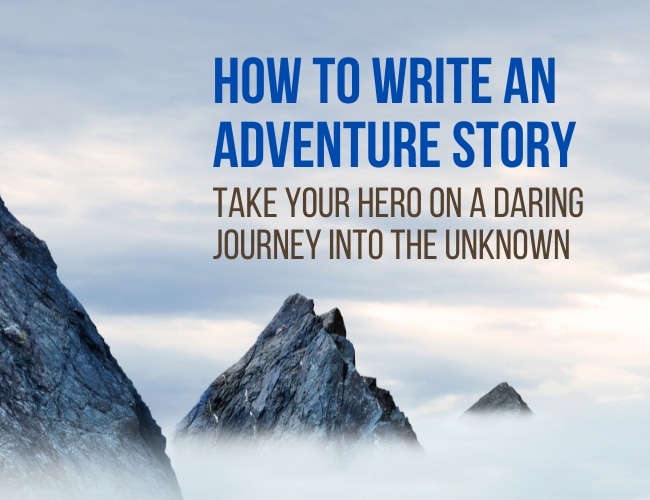
We established the ten types of stories in this recent article. Remember that these types transcend genre. They can overlap with genre, but story types are determined instead by values, or what humans want.
Let's review from Joe's article:
Every value can be distilled to six essential human values. Building off of Maslow’s Hierarchy of Needs, these values are as follows (credit to Robert McKee and Shawn Coyne for introducing Joe to these concepts):
- Survival from Nature. The value of life. Because if you don’t have your life, you don’t have much.
- Survival from Others. Surviving crime, other people, even monsters, you could say.
- Love/Community. The value of human connection.
- Esteem. The value of your status and hierarchy within a community.
- Personal Growth. The value of reaching your potential.
- Transcendence. The value of going beyond yourself to discover a larger purpose.
Once you distill these values, you can turn these values into scales, because these values are usually in conflict with their opposite. You can tell which type of story you're looking at by examining which scale seems to be the dominant one across scenes.
- Survival from Nature > Life vs. Death
- Survival from Others > Life vs. Fate Worse than Death
- Love/Community > Love vs. Hate
- Esteem > Accomplishment vs. Failure
- Personal Growth > Maturity vs. Immaturity
- Transcendence > Right vs. Wrong
Now that we've established the value scales of stories, let's take a closer look at one type: the adventure story. The adventure story pits life versus death—the stakes are no less than survival.
What is an Adventure Story?
In this story type, the hero and their comrades are attempting to thwart death in the face of an overwhelming physical obstacle, usually in the form of a figure of nature.
This isn't to say that an adventure story can't have a villain. However, the primary threats will always come in physical form, forcing the characters to dig deep and find the strength and resolve to endure.
However, the scope of the threat isn't nearly so interesting as the meaning behind it. This is why I always make sure my adventures are filled with authentic internal conflict. Without this crucial aspect, the story will feel cheap, surface-level, and relatively meaningless. This is the last thing you want after all your hard work!
So how do you plan adventure novels that are loaded with compelling characters, thrilling moments, and powerful stakes?
Begin With a Question
The best adventure books fixate on a core question. This is usually a question about the relationship between man and nature or man and technology. For example, in Michael Crichton's Jurassic Park, the core question is whether or not man should leverage technology to resurrect extinct species. Every moment in the book ultimately explores the implications of this question.
Successful adventure authors like Crichton know that a great story is about more than just incredible journeys and external conflicts. They are about difficult questions that challenge us in everyday life.
My first adventure book, Flood: A Great Smoky Mountains Adventure, is centered around the core question: “How does one help people who won't help themselves?” This question is grounded in real life problems facing park rangers at America's most-visited national park. It is also a question my protagonist, Monica Greene, grapples with when she cares for her ailing father.
This familiar setting provides a common element between my readers and characters. Far too many people have tried to care for a friend or loved one who ignored sound advice or refused to follow a doctor's orders. My hero, Monica, had to tackle the same challenges that readers face everyday, providing a bedrock for a common emotional journey.
When you begin with a clear core question that is based on a familiar core value, you set yourself up for success, whether you are a first-time adventure writer or a seasoned veteran.
Give Readers What They Want
Every adventure takes place in a specific space. My adventure in Flood takes place in Great Smoky Mountains National Park. The events of The Martian obviously occur on the Red Planet.The Lord of the Rings occurs on in the mythical realm of Middle Earth.
Whether a deserted island, desert wasteland, or underwater cavern, your adventure must transpire in a fantastic location, a perilous landscape that provides the exciting setting for a physical journey.
If your adventure story takes place on an island full of dinosaurs, readers will want a variety of situations bursting with danger. An encounter with a stegosaurus; an attack by a hungry tyrannosaur; fleeing from velociraptors. These action scenes aren't in Jurassic Park by accident. Crichton took the time to consider the type of adventure that best fir his world.
Or what about The Lord of the Rings, where the heroes embark on all sort of treks that complicate their internal struggles. When author J.R.R. Tolkien takes his heroes into the depths of a mine, an abandoned dwarf city left to ruin, he drops plenty of hints at all the dangers that might be lurking in the shadows.
Then, just when the reader thinks that the heroes of escaped without a scrape, the literary professor works his magic and unleashes one of the most terrifying monsters of all time, the Balrog.
In adventure writing, plan like the designer of a theme park and wonder, “Where does my reader really want to do? What sort of adventure do they want to have?”
If you want to take your reader on an adventure that they'll never forget, choose a world for your story and then daydream about all the great possibilities. Let your ideal customer's imagination be your guide as you plot and plan the key scenes in the heart of your narrative.
Pair Your Beginning and End
Some of the best classic adventure books find a way to begin and end with similar events or in the exact same location. This isn't just about the physical action, but about the core question troubling the heart of your adventure hero.
For example, I started and ended my novel Flood with a water rescue in the Little River. In the first scene, Monica nearly dies trying to rescue her friend and fellow park ranger. In the last, she willingly sacrifices herself to save two children who are trying to get back to their mother.
While I ended up using a similar location, you don't have to. The key is to make sure your story's ultimate action—the final physical action your hero takes—is aligned to the situation that starts the adventure in the first place.
Consider Harry Potter, J.K. Rowling's boy wizard who lived. The entire series begins with Harry's mother, Lily, choosing the sacrifice herself for her son. The series concludes with a similar choice, but by Harry himself.
Like any great adventure story protagonist, Harry Potter doesn't just do heroic things in his magical world; he makes a meaningful sacrifice tied to his core beliefs. This choice is powerful on its own. But it's all the more impactful because it was set up all along by Lily's fateful decision in Chapter 1 of Book 1.
The Heart of Adventure
As a literary market category, the adventure genre may seem like it's just about the gratuitous actions of several daring people.
But they are about so much more.
Yes, a great adventure story takes its characters to beautiful vistas and drops them into high-risk situations. But it does much more than that. It asks tough questions about the nature of life and death. It forces an ordinary person to consider what they'd sacrifice for the people they love, or even for a complete stranger.
If you want to write something that's about more than just a pack of treasure hunters looking out for their next score, take my advice: Dig into the core of your favorite adventure novels. Think about the core questions that keep these heroes up at night.
Then build your story around those questions and every possible implication you can think of.
What is your favorite adventure story and what do you love about it? Share in the comments.
PRACTICE
Let's write something in the adventure genre today. Set the timer for 15 minutes. Think about your favorite fictional kind of setting, whether it's a space station, a deep fantasy forest, or an urban techno battlefield. Now, how could you create a character to fight for survival in that setting? What do they want or need? What kind of journey could they take to get it?
Write for fifteen minutes, either outlining the journey or writing a scene in your favorite setting. When finished, come share your practice in the Pro Practice Workshop, and encourage a few other adventure writers too. Not a member? Join us.
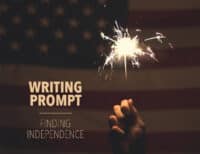
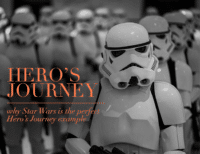
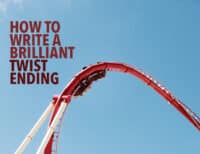
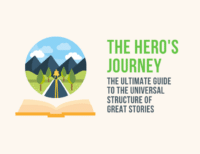



0 Comments